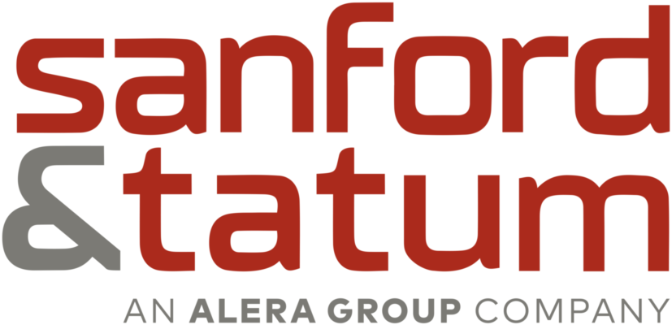
Early-career and Entry-level Development Programs to Attract Talent
In the competitive landscape of today's job market, attracting and retaining top-tier talent is a priority for organizations looking to secure their future success. For many companies, particularly those in industries where innovation is paramount, investing in early-career and entry-level development programs has become a strategic initiative. According to Glassdoor’s 2024 Workplace Trends report, Generation Z workers will soon overtake Baby Boomers as a plurality of the full-time workforce. The newest members of the workforce are eager for personal growth and learning opportunities. Employee development programs not only provide a structured path for skill enhancement but also serve as an attractive proposition for ambitious young professionals seeking growth opportunities.
This article explores various types of learning and development (L&D) programs and how employers can leverage them to win over younger talent.
Types of L&D Programs
As the workforce landscape evolves, the following programs can help guide aspiring professionals toward a future of continuous learning and achievement:
Mentorship programs connect entry-level employees with seasoned professionals within the organization. This program can help transfer knowledge, skills and industry insights, creating a supportive environment for personal and professional growth by providing a structured framework for communication and learning. Program components may include regular one-on-one meetings, career development guidance and a strong organizational professional network.
Rotational development programs expose entry-level talent to different roles within the organization. This helps younger workers gain a holistic understanding of the company's operations and discover areas where their skills and interests align best. This type of program provides hands-on experience as employees rotate through different departments, teams, projects or business functions.
Leadership development programs identify and nurture potential leaders within entry-level ranks. By investing in leadership skills early on, organizations ensure a pipeline of capable individuals ready to take on higher responsibilities as they progress in their careers. Training topics may include strategic thinking, decision-making and interpersonal skills. Additionally, employees could be mentored by senior leaders or exposed to leadership roles through projects or team leadership opportunities.
Internship programs serve as a bridge between academic learning and practical work experience, allowing employers to identify and assess potential future full-time employees. Employers can build a talent pipeline, assess candidates' capabilities firsthand and provide interns with an opportunity to apply their knowledge in real-world scenarios.
Employer Considerations
L&D programs show organizational commitment to employee professional development, which may make it easier to attract and retain entry-level and early-career employees. Consider the following strategies for leveraging such programs to win over talent:
Clearly define career paths. Communicate clear and transparent career paths to potential candidates. Highlight how your development programs align with career progression within the organization, showcasing a commitment to employee growth. Leadership can share stories of tenured individuals to help younger workers visualize a path forward and demonstrate what it takes to advance.
Personalize programs and opportunities. Design flexible programs that allow entry-level employees to tailor their learning journeys based on their interests and career goals. A personalized approach can enhance engagement and commitment.
Showcase success stories. Real-life examples provide tangible evidence of available opportunities, making your organization more appealing to potential hires. Managers and supervisors can share success stories of individuals who have progressed within the company through L&D programs.
Foster a sense of purpose. Younger generations of workers are seeking meaning and purpose in their work. Giving employees this sense of purpose will enable them to envision a future with the company.
Build a culture of continuous learning. Emphasize the importance of continuous learning within your organizational culture. This not only attracts individuals who value growth but also signals to potential hires that the company is forward-thinking and invested in employee development.
Collaborate with educational institutions. Forge partnerships with educational institutions to create a talent pipeline. Organizations can identify and attract promising entry-level candidates by actively participating in internship programs, job fairs and campus recruitment. The younger generations are digitally savvy, so employers should consider ways to promote their programs effectively online to reach target candidates.
These strategies factor into an employer brand, which refers to how current and prospective workers generally view the organization. An effective employer brand can boost recruiting efforts while building upon the company’s culture and values.
Summary
In a rapidly evolving business landscape, organizations that invest in L&D programs gain a competitive edge in attracting and retaining entry-level and early-career talent. Such programs can provide meaningful work and growth opportunities for workers looking to develop their skills further and advance their careers. These programs not only equip employees with the skills needed for success but also create a positive and forward-thinking company culture. By showcasing these initiatives in recruitment efforts, organizations can position themselves as employers of choice for ambitious and growth-oriented individuals, ensuring a bright and talented workforce for years to come.
The right L&D opportunities and initiatives vary by organization and industry. Contact us today for more workplace guidance.
This article is intended for informational purposes only and is not intended to be exhaustive, nor should any discussion or opinions be construed as professional advice. © 2023 Zywave, Inc. All rights reserved.

Discussion
There are no comments yet.